Description
Polymeric Adsorbents: Versatile Materials for a Cleaner Future
In a world increasingly focused on sustainability and environmental responsibility, the need for efficient and cost-effective separation and purification technologies is paramount. Within this landscape, polymeric adsorbents have emerged as a powerful and versatile tool, finding applications in diverse fields ranging from water treatment to pharmaceutical purification.
But what exactly are polymeric adsorbents, and why are they gaining so much attention?
Understanding Polymeric Adsorbents
Polymeric adsorbents are synthetic materials designed to selectively bind and remove specific molecules from a liquid or gas mixture. Unlike traditional adsorbents like activated carbon or silica gel, which rely primarily on physical adsorption based on surface area and pore size, polymeric adsorbents leverage chemical functionalities and tailored polymeric structures to achieve greater selectivity and efficiency.
These materials are typically synthesized from organic monomers through polymerization processes, resulting in a porous, three-dimensional network. The key lies in the careful selection of monomers and polymerization techniques, allowing researchers to control properties like:
- Pore size and distribution: This determines the size range of molecules that can access the internal surface area, influencing the adsorbent’s selectivity.
- Surface area: A larger surface area provides more sites for adsorption, enhancing capacity.
- Chemical functionality: Specific functional groups can be incorporated into the polymer matrix to selectively interact with target molecules through mechanisms like hydrogen bonding, electrostatic interactions, or hydrophobic interactions.
- Mechanical strength and chemical stability: These properties dictate the adsorbent’s durability and suitability for various operating conditions.
The Advantages of Polymeric Adsorbents
Polymeric adsorbents offer several advantages over traditional adsorbents:
- High Selectivity: The ability to tailor the polymer structure with specific functional groups allows for highly selective adsorption of target molecules, even in complex mixtures.
- Regeneration and Reusability: Polymeric adsorbents can often be regenerated through simple washing or elution processes, enabling repeated use and reducing waste.
- Chemical and Thermal Stability: Many polymeric adsorbents exhibit good chemical and thermal stability, allowing them to be used in harsh conditions where other materials might degrade.
- Versatility in Design: The synthetic nature of polymeric adsorbents allows for a wide range of designs and functionalities to be incorporated, catering to specific application requirements.
- Customizable Properties: Researchers can precisely control the pore size, surface area, and chemical functionality to optimize performance for a particular separation task.
Applications Spanning Diverse Industries
The unique properties of polymeric adsorbents have led to their widespread adoption across various industries:
- Water Treatment: Removing pollutants like herbicides, pesticides, pharmaceuticals, and industrial dyes from water sources. This is crucial for providing clean and safe drinking water.
- Pharmaceutical Purification: Isolating and purifying drug candidates, antibiotics, and other pharmaceutical products. This is particularly important in the development and manufacturing of effective and safe medications.
- Food and Beverage Industry: Removing unwanted compounds like bitter principles from citrus juices or decolorizing sugar solutions. This enhances the quality and taste of food products.
- Chemical Processing: Separating and purifying valuable chemicals and intermediates in industrial processes. This improves efficiency and reduces waste in manufacturing.
- Biotechnology: Purifying proteins, enzymes, and other biomolecules for research and industrial applications. This supports advancements in areas like diagnostics and biopharmaceuticals.
- Gas Separation: Separating gases like carbon dioxide, methane, and nitrogen for various applications, including carbon capture and natural gas processing. This is crucial for addressing climate change and energy security.
The Future of Polymeric Adsorbents
The field of polymeric adsorbents is continuously evolving, with ongoing research focused on developing:
- Novel Polymer Architectures: Exploring new polymerization techniques and monomer combinations to create materials with enhanced performance and unique functionalities.
- Smart Adsorbents: Developing materials that respond to external stimuli like temperature, pH, or light, enabling controlled adsorption and release of target molecules.
- Bio-Based Adsorbents: Utilizing renewable resources to synthesize polymeric adsorbents, promoting sustainability and reducing reliance on fossil fuels.
- Modeling and Simulation: Employing computational tools to predict and optimize the performance of polymeric adsorbents, accelerating the design process.
Conclusion
Polymeric adsorbents represent a powerful and versatile platform for separation and purification applications. Their tunable properties, high selectivity, and regeneration capabilities make them an attractive alternative to traditional adsorbents in various industries. As research continues to advance, we can expect to see even more innovative and impactful applications of polymeric adsorbents in the years to come, contributing to a cleaner, healthier, and more sustainable future.


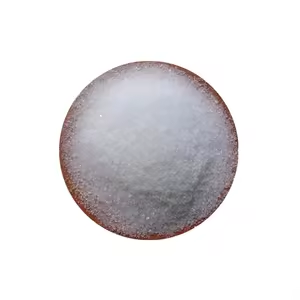
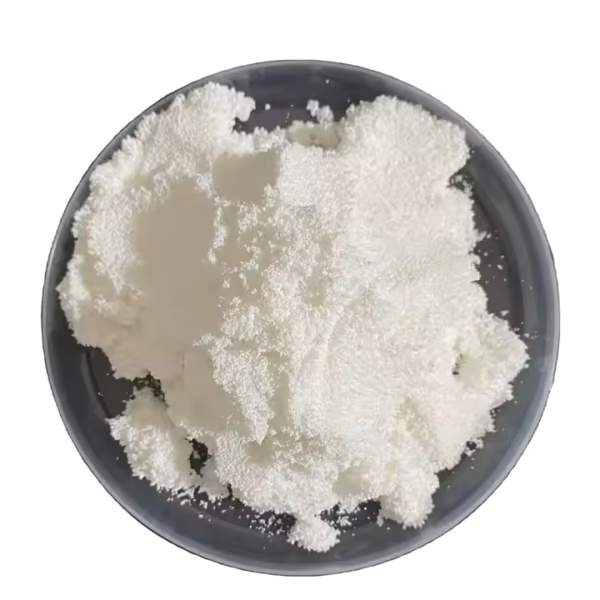

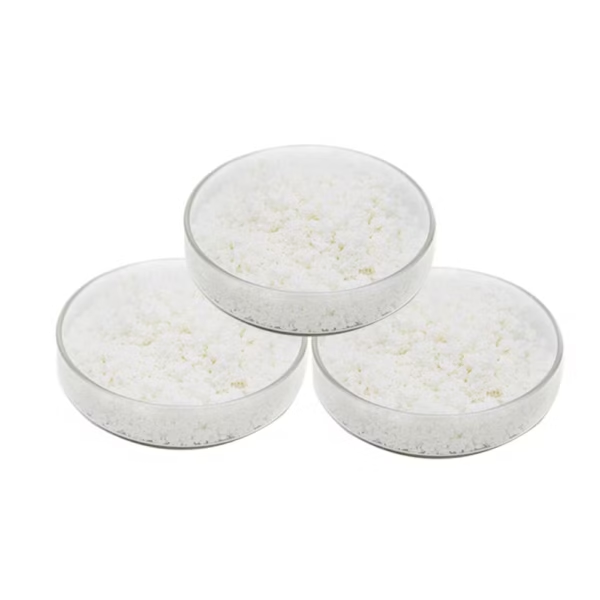
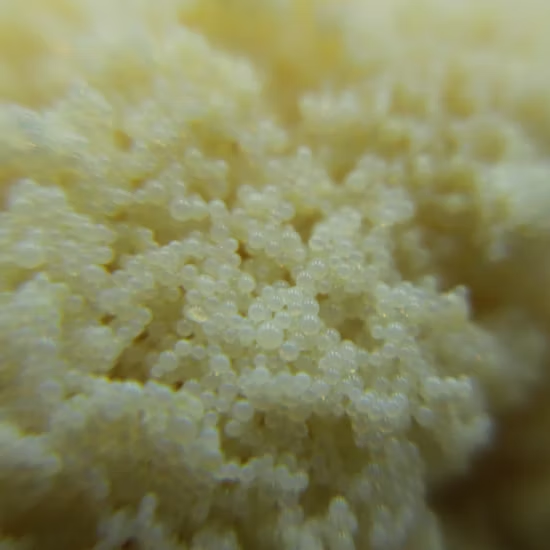
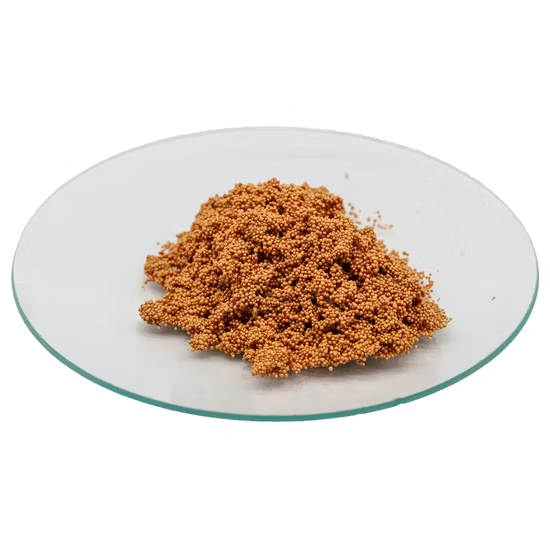
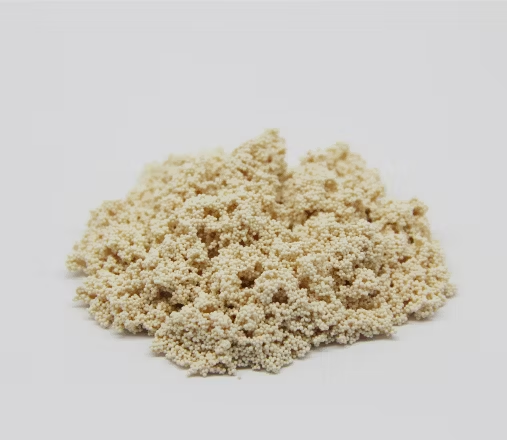
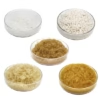

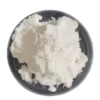

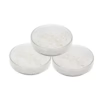
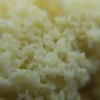





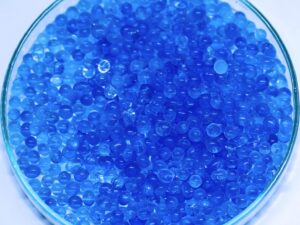
Reviews
There are no reviews yet.